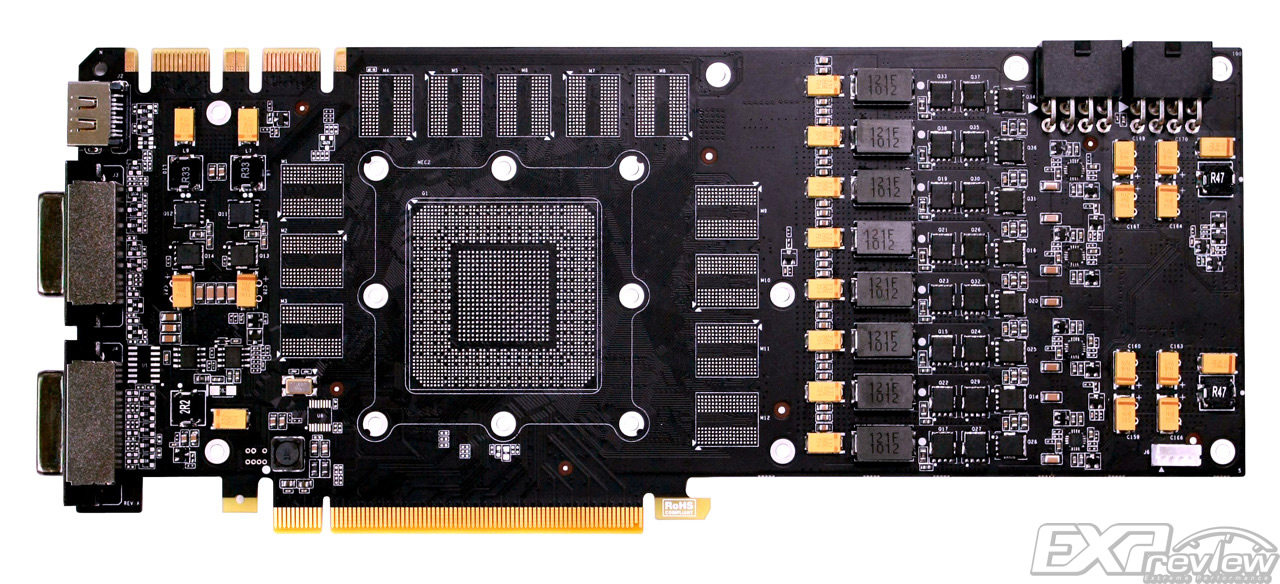It depends how you count under what circumstances. SRAM probably shrinks close to theoretical scaling, most logic won't. Do you remember the discussion about gate first vs. gate last and GF claiming about 10% higher density than TSMC?
You only get the 1.95 scaling (TSMC indeed gives this number) when you compare 40nm and 28nm with a special set of layout rules. In my opinion, that number is a bit made up and not that relevant for a lot of cases. TSMC also gives the scaling without those rules (i.e. a more conventional layout without putting redundant structures in to get it as regular as possible) and then the claimed density scaling reduces to a mere 1.6. As an average (logic and SRAM mixed on a chip and the layout pays at least some attention to the 28nm layout peculiarities), I think a ~1.8 scaling is somewhat realistic (which also matches the claim of 10% better scaling with GF's 28nm HKMG processes).
There goes my buffer of not doubling ROPs and memory interface.




